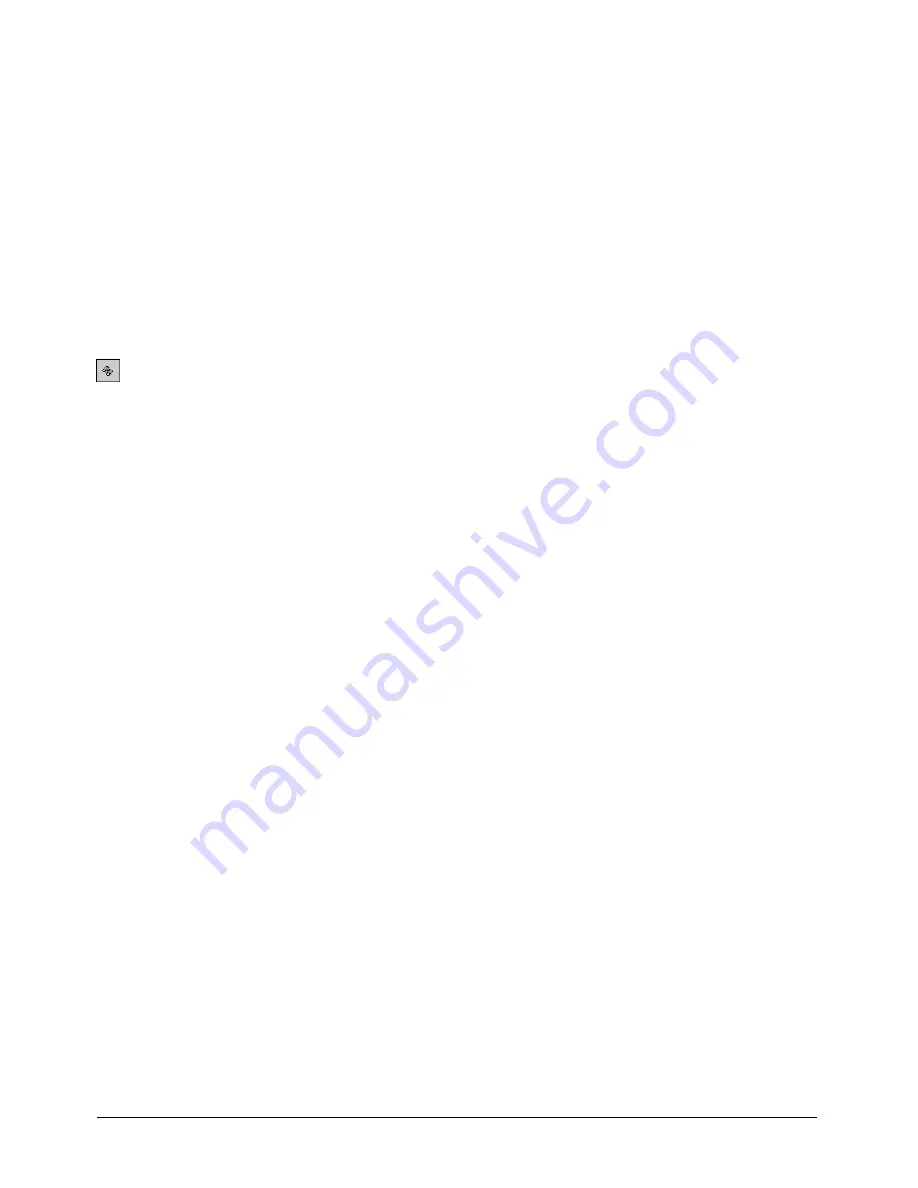
Chapter 11
328
To assign a URL to an object:
1
In the FreeHand Document window, select the text, text object, or text block to which you
want to assign a URL.
2
Select Window > Navigation to open the Navigation panel.
3
In the Link text box, enter the URL to be assigned to the text, or select a URL from the link
pop-up menu.
If you selected a word or group of words from a text object in step 1, the text you selected
appears in the Substring text box.
To search for objects linked to a URL:
1
In the Navigation panel, enter a URL in the Link text box or select a URL from the Link
pop-up menu.
2
Click the Find button to the right of the Link text box.
Objects in the current document that are linked to the URL are selected in the Document
window.
To update a URL for all the objects linked to it:
1
Deselect all objects in the current document.
2
In the Navigation panel, select the URL from the Link pop-up menu.
3
Click the Find button to the right of the Link text box.
4
Update the URL in the Link text box as needed.
The URL is updated for all objects linked to it in the current document.
About compressing artwork for the web
When preparing images for display on the web, you compress the images to reduce file size and
control the display of color and other attributes. You can compress FreeHand artwork as a bitmap
image in GIF, JPEG, or PNG format.
You can also export FreeHand vector artwork in Flash (SWF) format, to compress static artwork
or to export a document with animation or Flash actions. For more information, see “Animating
objects and text” on page 331, “Assigning Flash actions” on page 332, “Exporting FreeHand
documents as Flash movies” on page 336, and “Exporting files” on page 345.
When compressing artwork in a bitmap format, you should choose a file format based on the
color and tonal characteristics of the original artwork, and on the type of browser you expect your
web audience to use.
In general, the GIF format is best for illustrations with flat color and sharp detail, such as text.
The JPEG format is best for artwork with a wide range of colors or continuous-tone color, such as
gradients or scanned photographs. The PNG format, like JPEG, preserves a wide range of colors.
However, the PNG format is not as widely supported for display in browsers as the JPEG format.
For detailed information on using these file formats, see “Exporting to GIF format” on page 355,
“Exporting to JPEG format” on page 357, and “Other export file formats” on page 358.
Summary of Contents for FREEHAND MX 11
Page 1: ...Using FreeHand MX Macromedia FreeHand MX...
Page 42: ...Chapter 1 42...
Page 192: ...Chapter 6 192...
Page 232: ...Chapter 7 232...
Page 288: ...Chapter 8 288...
Page 308: ...Chapter 9 308...
Page 340: ...Chapter 11 340...
Page 362: ...Chapter 12 362...
Page 374: ...Chapter 13 374...
Page 388: ...Chapter 14 388...






























